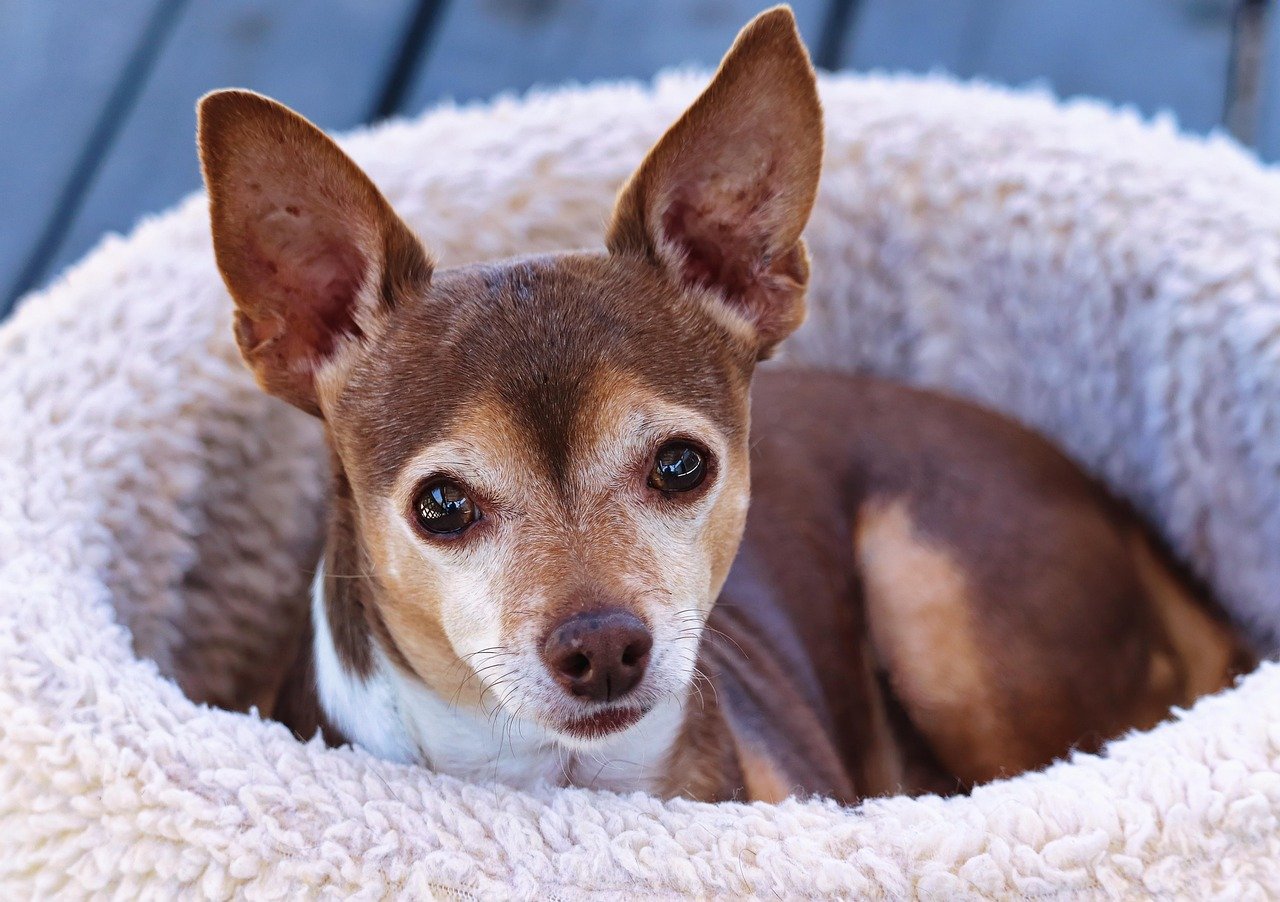Change is an inevitable part of life, and while humans may be able to adapt relatively quickly, our furry friends might need a bit more help to adjust to new circumstances. Dogs, being creatures of habit, can be particularly sensitive to changes, whether it’s a new home, a new family member, or even a change in their daily routine. As loving pet owners, it’s our responsibility to ensure that these transitions are as smooth and stress-free as possible for our beloved companions. Here are 15 thoughtful ways to help your dog cope with change and maintain their well-being and happiness.
Maintain a Routine

Dogs thrive on routine. Just like how you might have a favorite morning coffee ritual, dogs find comfort in predictability. When change occurs, try to keep their feeding, walking, and play times consistent. This stability provides a sense of security amidst the chaos. Even if you have to adjust the timing a bit, maintaining the sequence of activities can help them feel more in control. It’s like keeping their internal clock ticking comfortably, providing them a semblance of normalcy.
Provide a Safe Space
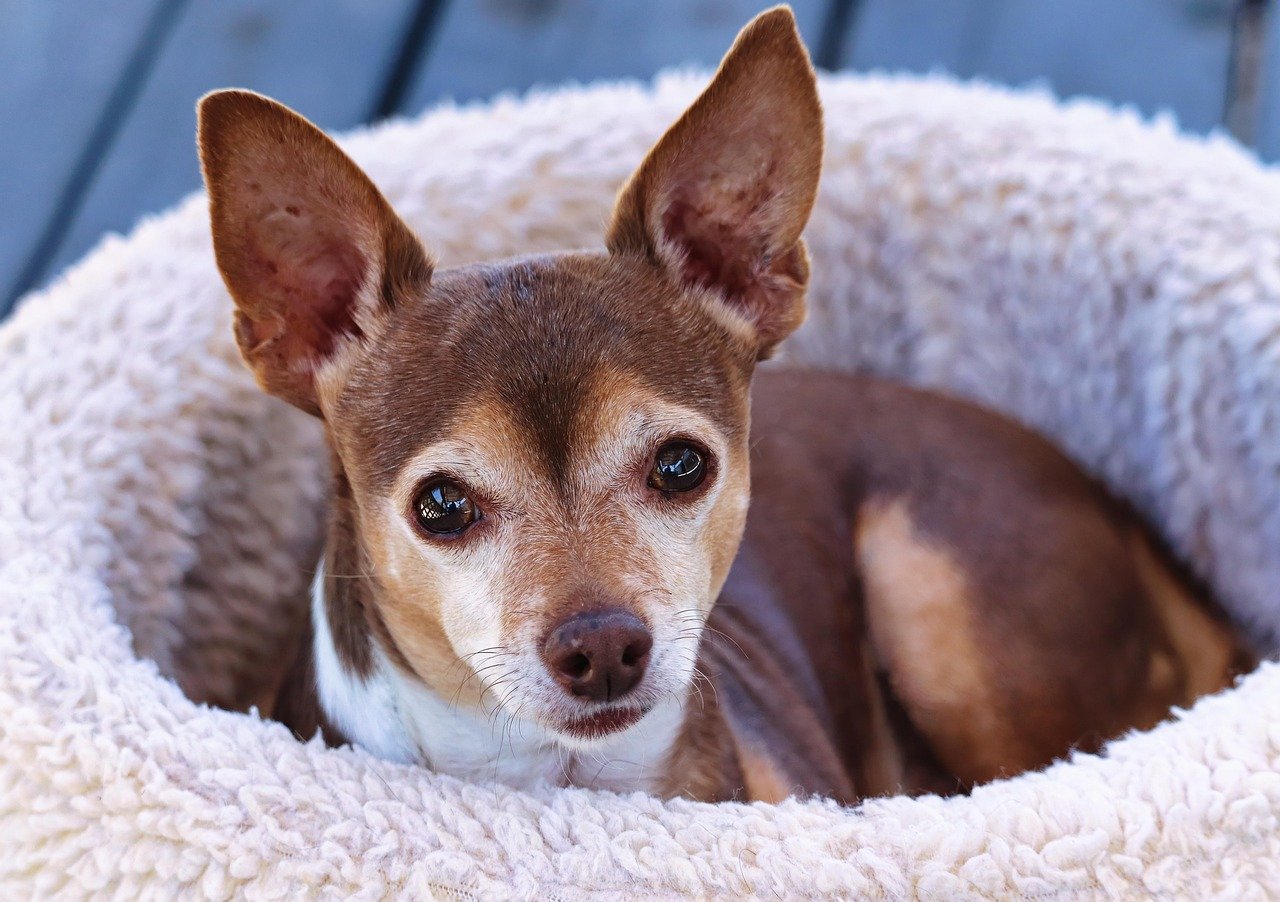
Imagine having a cozy nook where you can escape to when everything feels overwhelming. For dogs, having a designated safe space can be incredibly soothing. This could be a favorite bed, a crate, or a quiet corner of the house. Ensure this spot is easily accessible and filled with their favorite toys or a comforting blanket. This refuge acts as their personal sanctuary, a place where they can retreat and find solace when the world seems too much.
Use Calming Products

In times of change, some dogs might benefit from calming aids. Products like anxiety wraps, pheromone diffusers, or calming collars can provide relief. These products work similarly to how a warm cup of tea might soothe your nerves on a stressful day. They can help reduce anxiety by creating a calming environment, making it easier for your dog to adapt to their new circumstances.
Exercise Regularly
Physical activity is not only essential for a dog’s physical health but also for their mental well-being. Regular exercise can act as a stress reliever, much like how a jog might clear your mind. Engage your dog in activities they love, whether it’s a game of fetch, a walk in the park, or a swim. Exercise can help burn off excess energy and reduce anxiety, making them more adaptable to changes.
Introduce Changes Gradually

Sudden changes can be overwhelming for dogs, just as they can be for people. If you’re moving to a new house or introducing a new pet, try to do so gradually. Allow your dog to explore new spaces or meet new family members at their own pace. Think of it like dipping your toes in the water before jumping in. This gradual introduction can help them adjust without feeling overwhelmed.
Positive Reinforcement
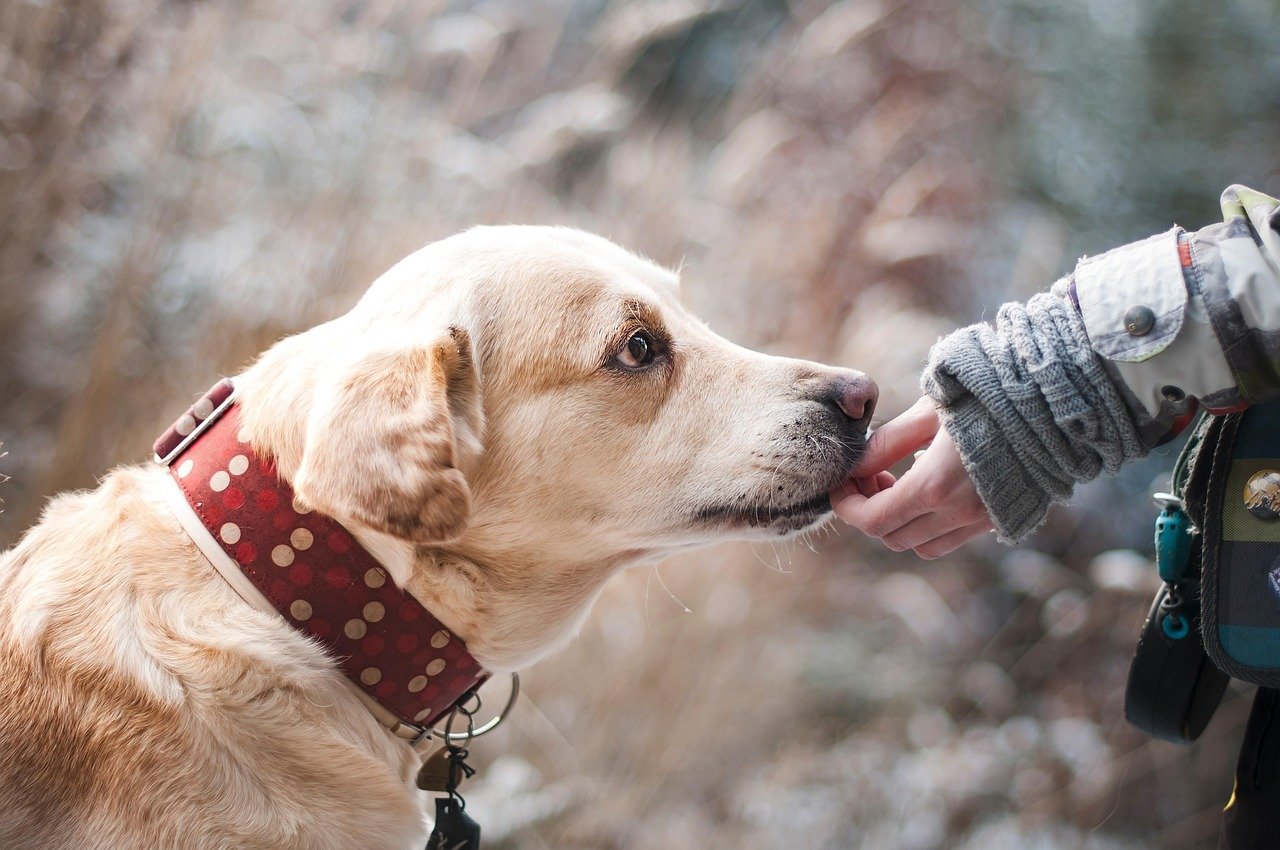
Rewarding your dog for calm behavior during changes can reinforce good habits. Think of it as giving yourself a treat after finishing a tough task. Use treats, praise, or affection to encourage your dog when they handle new situations well. Positive reinforcement can boost their confidence, helping them feel more secure and less anxious about changes.
Keep Communication Open

While dogs may not understand words, they are incredibly perceptive to tone and body language. Talk to your dog using a calm and soothing voice, especially during stressful situations. This is akin to having a reassuring conversation with a friend. Your calm demeanor can help reassure them that everything is okay, strengthening the bond of trust between you and your pet.
Provide Mental Stimulation
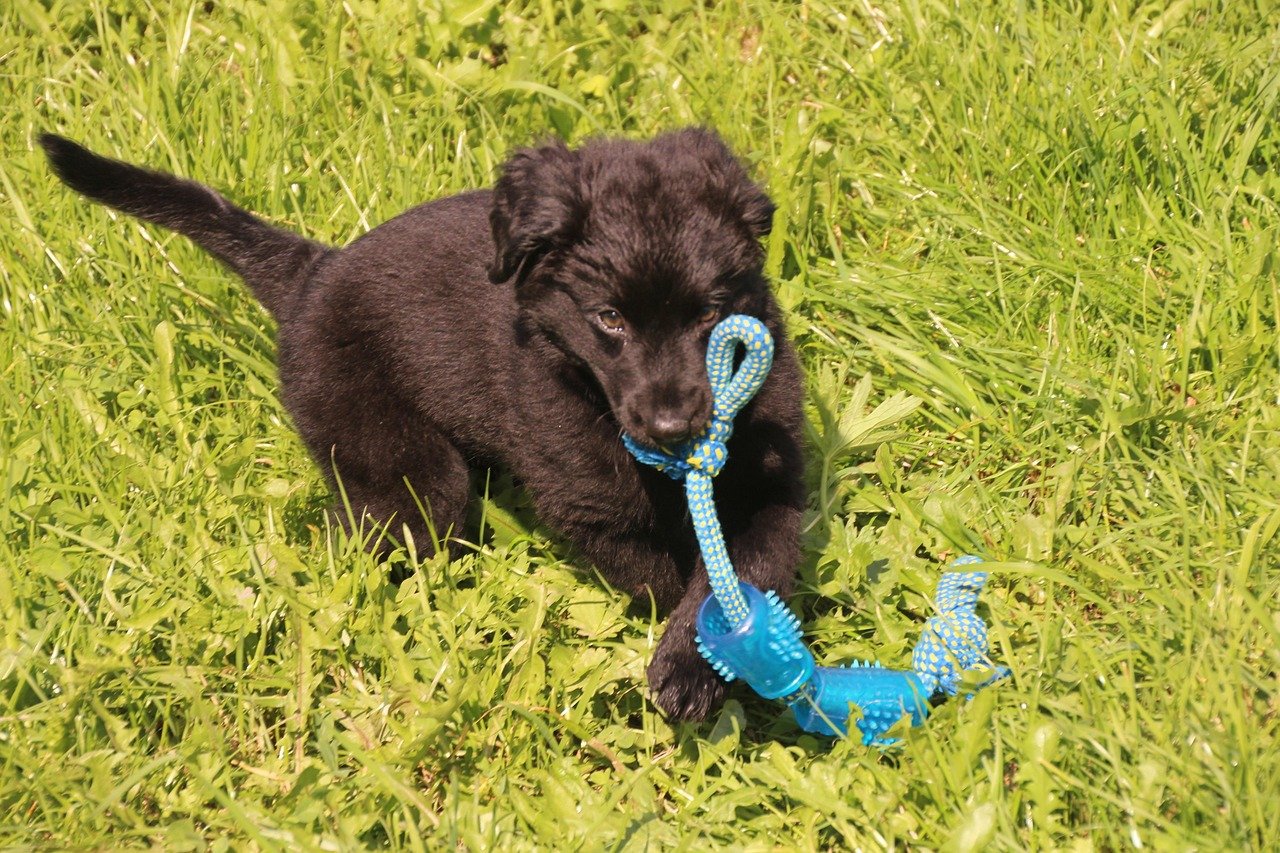
Keeping your dog’s mind engaged can be a great way to distract them from stress. Puzzle toys, training sessions, or new tricks can be both fun and mentally stimulating. It’s like solving a puzzle or reading a good book to take your mind off things. Providing mental challenges can help your dog focus on something positive, making transitions smoother.
Stay Patient and Observant
Change can be a slow process, and patience is key. Observe your dog’s behavior and adjust your approach as needed. It’s like tending to a delicate plant, where you need to pay attention to its needs. Some dogs might need more time to adjust, and that’s okay. By staying patient and observant, you can provide the support they need without adding pressure.
Socialize with Other Dogs
Social interactions can be beneficial for dogs during times of change. Arranging playdates or visits to the dog park can provide a healthy outlet for stress. It’s similar to meeting up with friends for a chat when you’re feeling down. Socializing can help your dog feel more connected and less isolated, giving them a sense of normalcy.
Seek Professional Help if Needed
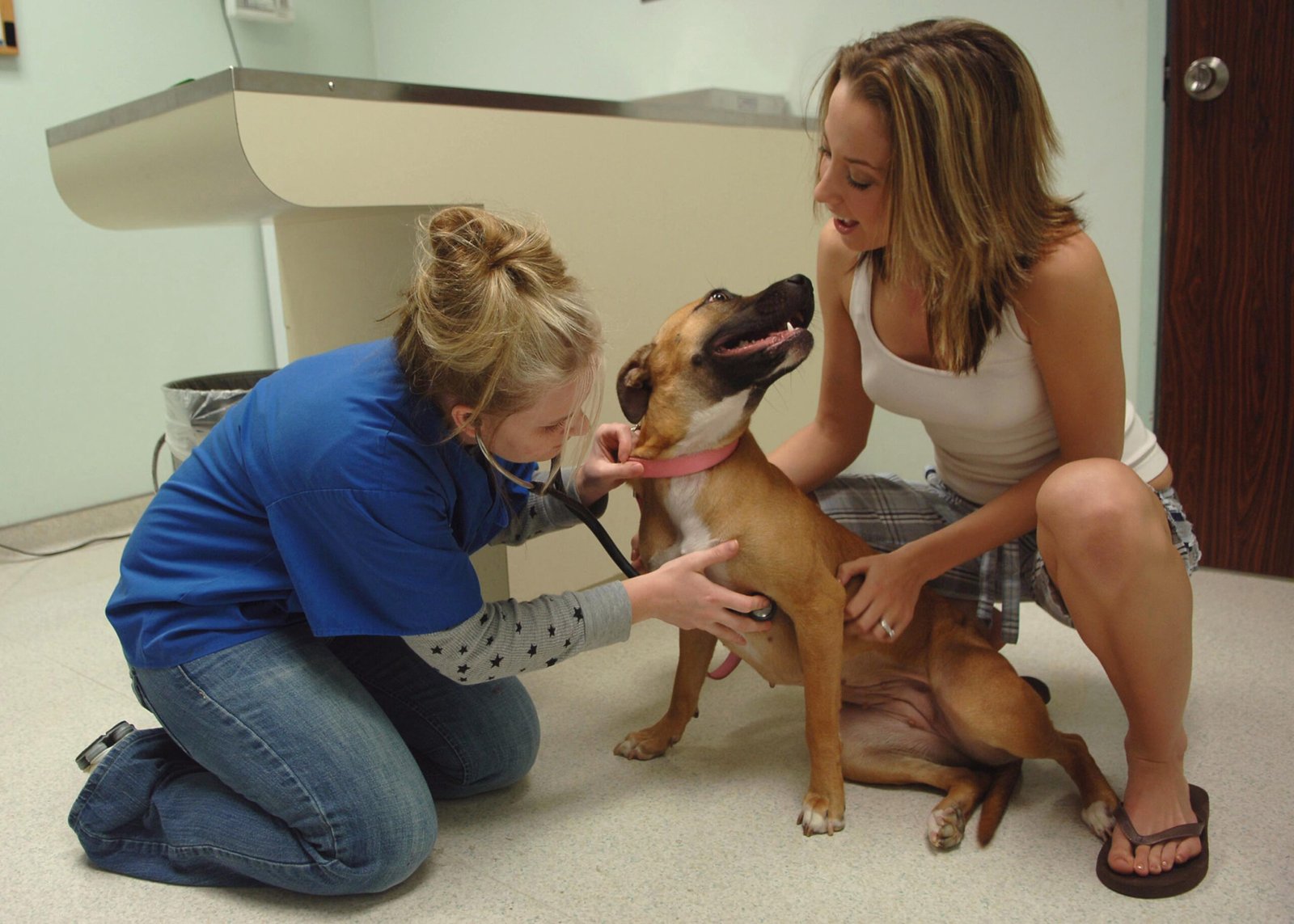
Sometimes, despite our best efforts, a dog might struggle with change. If your dog is showing signs of severe anxiety or behavioral issues, consulting a professional trainer or a vet can be helpful. Just like seeking advice from a counselor during tough times, a professional can offer tailored solutions to help your dog cope better.
Ensure Adequate Rest

Rest is vital for recovery and adaptation. Ensure your dog has a comfortable place to rest and plenty of opportunities for sleep. It’s like taking a nap after a long day; rest can help them process changes and recharge. A well-rested dog is more likely to handle stress better and adapt more quickly to new situations.
Introduce New Experiences Slowly
If your change involves new experiences, like travel or a new environment, introduce these slowly. Allow your dog to get accustomed to the new stimuli at their own pace. It’s akin to exploring a new city step by step rather than all at once. This gradual exposure can help reduce anxiety and make the transition less daunting.
Maintain a Healthy Diet
A balanced diet is crucial for a dog’s overall health and can influence their mood. Ensure your dog is getting the right nutrients to support their body during times of change. A healthy diet is like fueling your car with the best quality gas, ensuring optimal performance. Proper nutrition can help keep their energy levels stable and support their emotional well-being.
Be Their Constant Companion
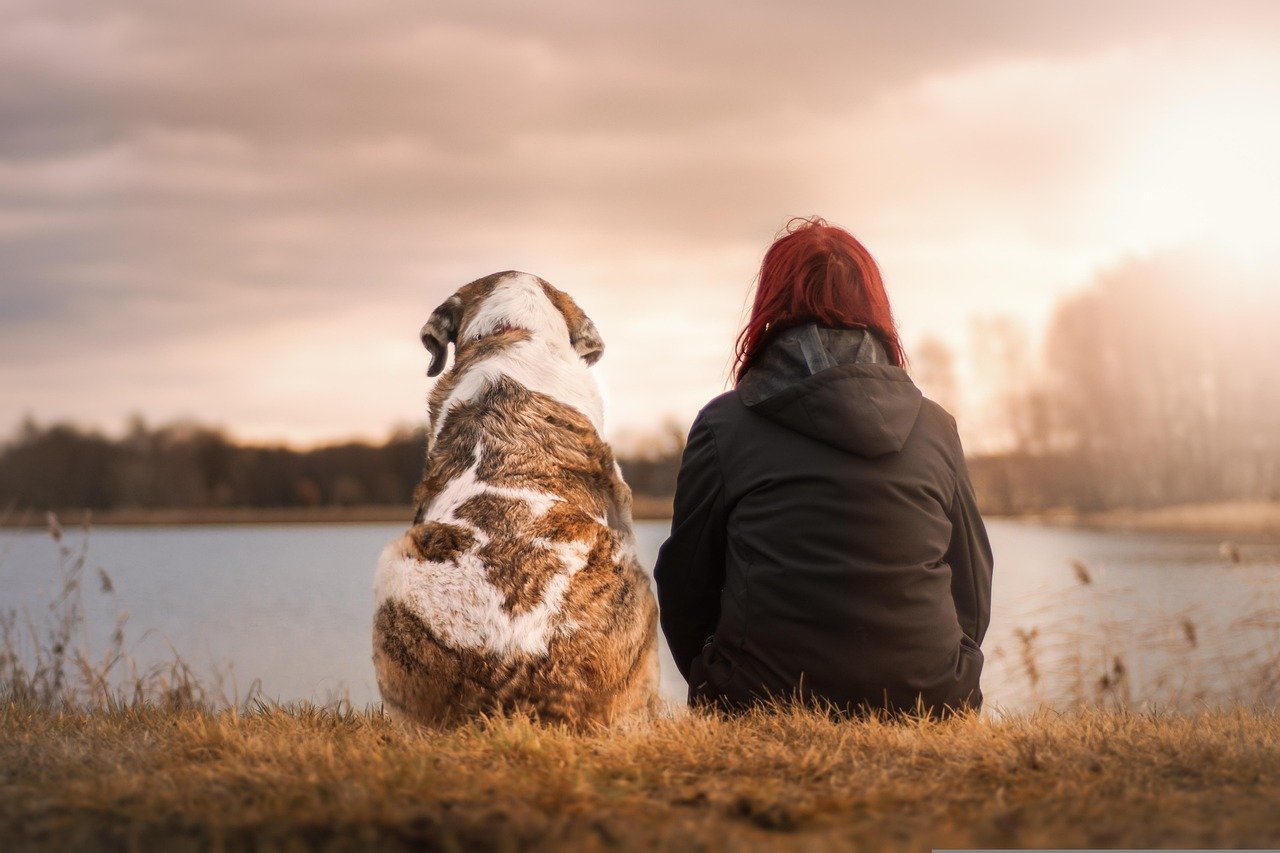
Lastly, be there for your dog. Your presence can provide immense comfort during uncertain times. Just as you would want a friend by your side during a challenging period, your dog needs you. Show them love, offer them reassurance, and remind them that no matter what changes, your bond remains unbreakable.
Change can be challenging for dogs, but with patience, consistency, and lots of love, you can help them feel safe and secure. By being attentive and supportive, you can help your furry friend navigate change with confidence and ease, ensuring their happiness and well-being in any new situation. With these strategies, you’ll not only ease their stress but also strengthen the bond you share. After all, a little reassurance goes a long way in making life’s transitions smoother for your furry friend!

Esther is from India; the heartbeat of South Asia, holding a Master’s degree in Zoology and a postgraduate diploma in Animal Welfare. Her enthusiasm for animal welfare drives her passion and dedication to working for animals, ensuring their well-being, and advocating for their rights. With a solid academic background and hands-on experience, she is committed to making a positive impact in the field of animal welfare. In her free time, she enjoys embroidery and sewing. As a Chennaite from Tamil Nadu, Esther loves Bharathanatyam, an Indian classical dance form.

